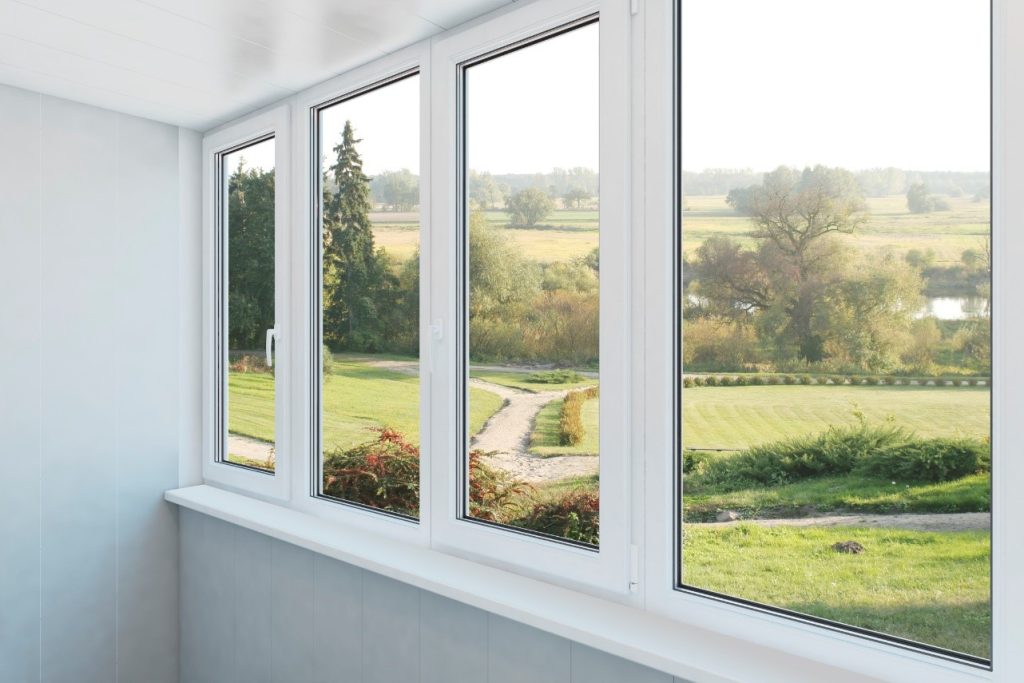Buying House Windows: How to Balance Aesthetics, Functionality, and Cost
Choosing the right windows for your home is more than just picking a style you like. You need to find a balance between aesthetics, functionality, and cost to ensure you’re making a smart investment. The right windows will not only enhance your home’s appearance but also improve energy efficiency and comfort.

How to Buy Windows for Your Home
Here’s how to make the best window replacement choice while keeping everything in balance.
1. Consider Your Home’s Style
Windows play a huge role in your home’s overall look, so choosing a design that complements your architecture is important. Traditional homes often look great with double-hung or casement windows, while modern homes pair well with sleek, large-pane designs. Take a look at different styles and imagine how they’ll blend with your home’s exterior. The right windows should enhance curb appeal, not clash with your home’s character.
2. Prioritize Energy Efficiency
Functionality goes beyond just opening and closing smoothly—it also means keeping your home comfortable. Energy-efficient windows help regulate indoor temperatures by reducing heat transfer. Look for options with double or triple glazing, Low-E coatings, and insulated frames. While these features may cost more upfront, they save money on energy bills in the long run. Plus, you’ll enjoy a more comfortable home year-round.
3. Choose Durable Materials
Different window materials come with different levels of durability, maintenance, and cost. Vinyl windows are affordable, low-maintenance, and energy-efficient, making them a popular choice. Wood windows offer classic beauty but require more upkeep. Aluminum frames are strong and modern-looking but may not insulate as well as other options. Weigh the pros and cons of each material to find what works best for your needs and budget.
4. Set a Realistic Budget
Window prices vary widely depending on size, material, and additional features. Before shopping, determine how much you’re willing to spend. Keep in mind that while cheaper windows may save money upfront, they might not last as long or perform as well. On the other hand, high-end options with premium materials and energy-efficient technology can offer long-term savings. Finding a middle ground ensures you get quality windows without overspending.
5. Think About Maintenance and Longevity
Some windows require more maintenance than others. For instance, wood frames need regular staining or painting, while vinyl and fiberglass require little upkeep. Consider how much time and effort you’re willing to put into maintenance. Investing in durable, low-maintenance windows can save you headaches down the road and keep your home looking great with minimal effort.
Conclusion: How to Buy Windows for Your Home
Buying house windows is a big decision that affects both the look and efficiency of your home. By balancing aesthetics, functionality, and cost, you can find the perfect windows that enhance curb appeal, improve comfort, and fit within your budget. Take your time, compare options, and choose wisely—your home (and your wallet) will thank you in the long run.

Recent Comments